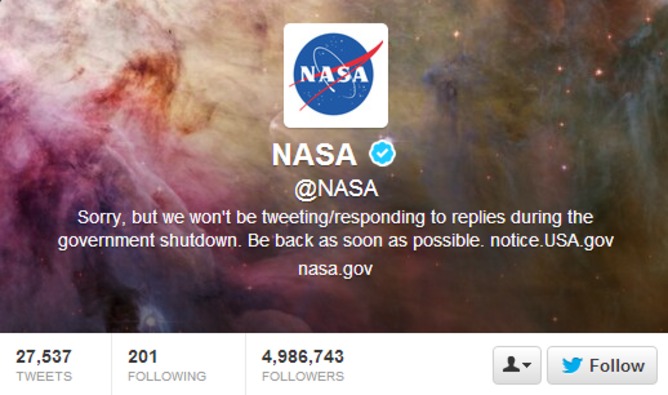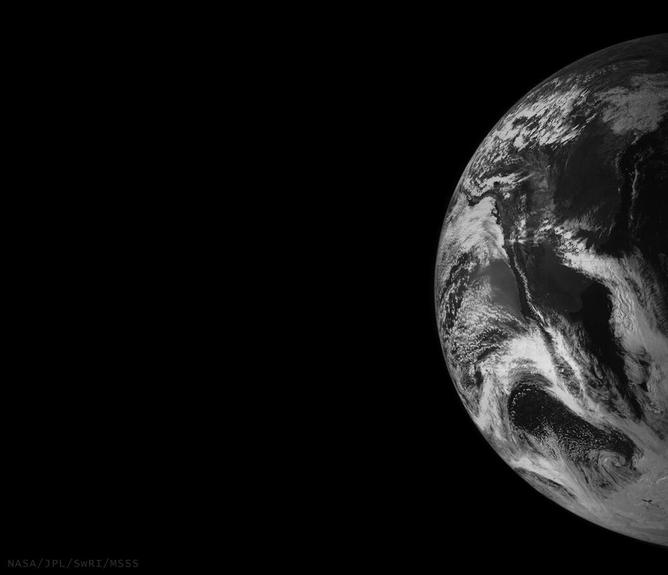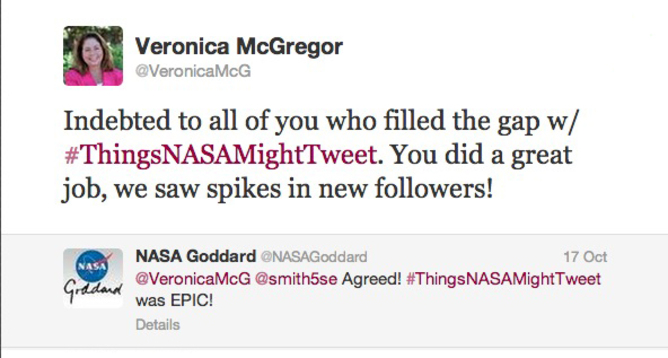How Twitter Fans Kept NASA Alive During the US Shutdown (Op-Ed)

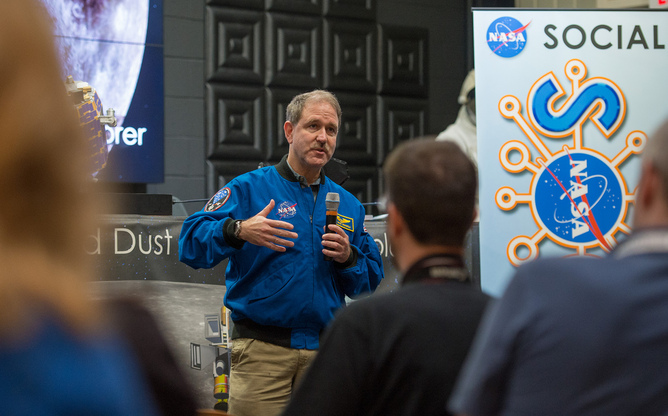
This article was originally published at The Conversation. The publication contributed the article to SPACE.com's Expert Voices: Op-Ed.
Now that the US government is back in business, all “non-essential” services will resume. For 15 days we went without NASA’s full operation, US Antarctic research and federally-funded clinical studies. Even this relatively short time frame will see a science fallout that could last for years.
During the past few weeks, many have made their thoughts on the shutdown of science known on Twitter. In the world of space science, there was distinct lack of news and mission updates from the network of telescopes, spacecraft and rovers around our solar system — no @NASA, @NASA_Hubble, @MarsCuriosity or @NASAVoyager… the list could continue for the hundreds of NASA twitter accounts.
Science-minded tweeters took matters into their own hands and we saw the growth of the #ThingsNASAmighttweet hashtag, a crowd-sourced feed of NASA news and mission updates. Use of the hashtag saw 15,229 posts, 42.3 million impressions, and “unquantifiable love”. Sixty percent of the tweets came from female tweeters, where the majority of science and space enthusiasts are typically male.
For those unfamiliar with Twitter lore, the hashtag was implemented by Twitter users themselves in 2007 to enable people to engage with topics of interest outside the follower networks—so they didn’t have to “eavesdrop” on conversations. Social media scholars Axel Bruns and Jean Burgess note that hashtags are aimed at “imagined communities” or an “ad hoc public”.
Within this community, the #ThingsNASAMightTweet-ers weren’t just exchanging news amongst themselves: they were recreating a service on which a broad range of people had come to rely. Some tweeters had scientific expertise, some were NASA staff, most were an interested public. Effectively, an international public took on the communication role of a US government agency — possibly a first in the annals of governance.
The topics covered by the #ThingsNASAMightTweet-ers included the Lunar Atmosphere and Dust Environment Explorer (LADEE), Lunar Reconnaissance Orbiter, International Space Station, Mars Odyssey orbiter, Juno spacecraft and the impending arrival of the Orionids, a meteor shower which occurs every October. When people posed space questions to NASA on Twitter, they were answered by others with expertise in the relevant area.
Breaking space news, the latest updates on rocket launches, skywatching events and more!
An interesting feature of the #ThingsNASAMightTweet hashtag is what it didn’t say. While there were other hashtags explicitly about the US government shutdown - #shutdown, #shutdownUS, #shutdownpickuplines - that were critical or satirical, the #ThingsNASAMightTweet hashtag was more positive and constructive.
It brings to mind Voltaire’s much-cited aphorism about God: if NASA didn’t exist, it would be necessary to invent it. It was a clear statement of how the space community felt about the role of NASA social media in its collective life.
It’s hard to know what impact #ThingsNASAMightTweet had beyond the space community; this may have to wait for more sustained analysis. But the campaign did not go unnoticed in other media, being reported by the Los Angeles Times, NBC News and a number of international websites.
Thanks to the profile of the hashtag, we didn’t miss events that occurred during the shutdown, like NASA’s 55th birthday and the Juno spacecraft doing a cool fly-by of Earth en route to Jupiter.
This public support for NASA wasn’t born only out of people’s love of space and exploration. Since NASA began using social media, they have endeavoured to create a community of science enthusiasts.
Since 2009, NASA has been running events called NASA Socials. The concept is ingenious: a bunch of interested people come to NASA facilities, see rocket launches, meet astronauts, see rovers in clean rooms. They share their behind-the-scenes experience with their friends and followers on social networks like Twitter, Facebook and Google+.
NASA have hosted countless Socials, and the Space Tweep Society is a thriving online community. It’s a huge benefit of “engaging the engaged”, when fostering geek love turns into community action, the community using social media as its voice.
Like the #ThingsNASAMightTweet tweeters, these communities are a loose aggregation united by a passion for the subject and the pleasure of feeling connected to it. No matter how often governments challenge the utility of various fields, like philosophy or human spaceflight, these communities provide solid evidence for what people really love.
NASA, it’s good to have you back: at least for the 87 days until Congress can push the shutdown button again. We all need our space.
The authors do not work for, consult to, own shares in or receive funding from any company or organisation that would benefit from this article. They also have no relevant affiliations.
This article was originally published at The Conversation. Read the original article. The views expressed are those of the author and do not necessarily reflect the views of the publisher. This version of the article was originally published on SPACE.com.
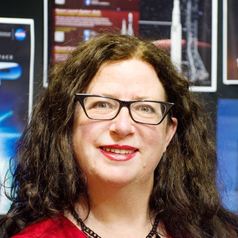
Dr. Alice Gorman is an internationally recognized leader in the field of space archaeology. She is an Associate Professor in the College of Humanities, Arts and Social Sciences at Flinders University, where she teaches the Archaeology of Modern Society.
Her research focuses on the archaeology and heritage of space exploration, including space junk, planetary landing sites, off-earth mining, rocket launch pads and antennas.
She is a member of the American Institute of Aeronautics and Astronautics, the Advisory Council of the Space Industry Association of Australia and the Australian Institute of Aboriginal and Torres Strait Islander Studies.
Her book "Dr. Space Junk vs the Universe: Archaeology and the Future" (2019) won the Mark and Evette Moran NIB People's Choice Award for Non-Fiction and the John Mulvaney Book Prize, awarded by the Australian Archaeological Association. It was also shortlisted for the Queensland Premier's Literary Awards, the NSW Premier's Literary Awards, and the Adelaide Festival Literary Awards.
Alice tweets as @drspacejunk and blogs at Space Age Archaeology.
